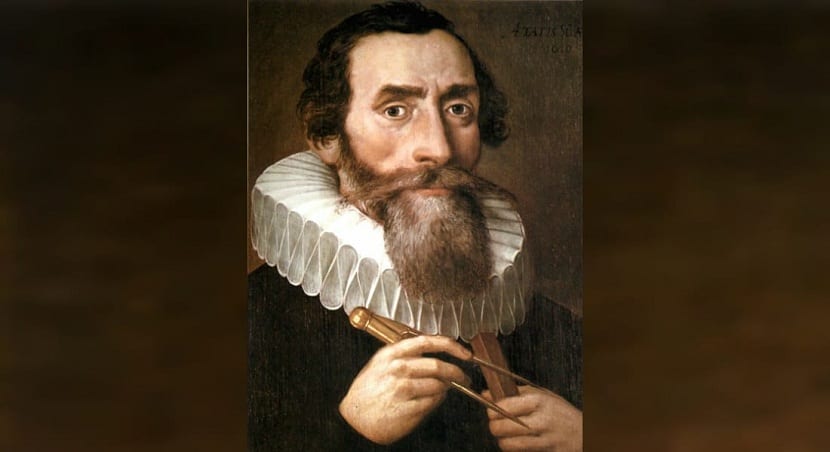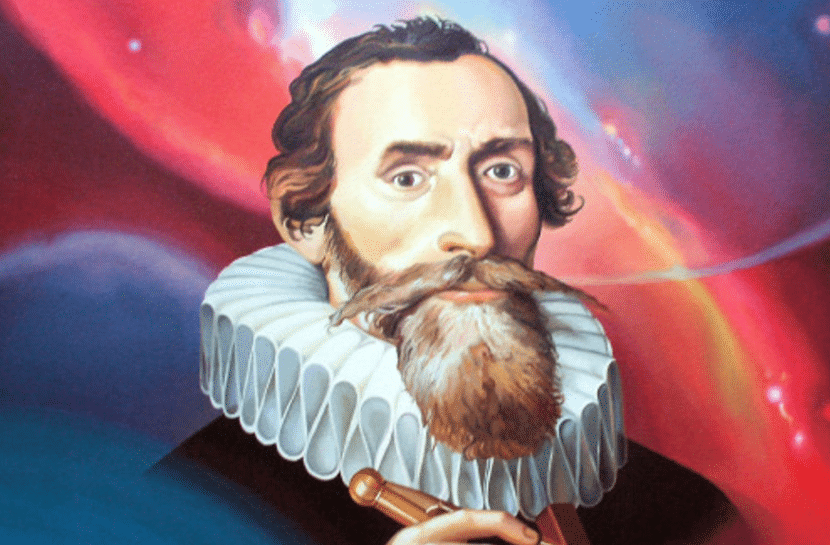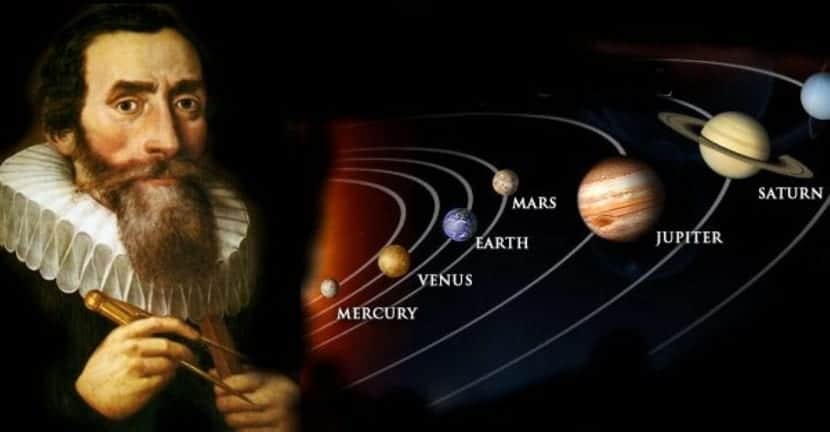
If you have become interested in astronomy and physics you have probably heard of Kepler's laws many times. These laws that establish the motion of the planets around the Sun in the Solar system They were invented by the astronomer and mathematician scientist Johannes Kepler. It was quite a revolution that helped us understand the dynamics of the planets around the Sun and to learn more about our universe.
In this post we are going to tell you in great detail the biography of Johannes Kepler and all his discoveries. You will be able to know the contribution to astronomy.
Biography

Born in Würtemberg, Germany, in 1571, his parents were the ones who made him have an interest in everything related to astronomy. At that time the heliocentric theory made for Nicolaus Copernicus so it was only necessary to know more about the movement of the planets around the Sun.
At 9 years of age, Kepler's father made him watch a lunar eclipse and he could see how the moon looked quite red. Between the ages of 9 and 11, he was working as a laborer in the fields. It was already in 1589 when he entered the University Tübingen. He was able to study ethics, dialectics, rhetoric, Greek, Hebrew, and astronomy. The part that gave him the most passion was astronomy and, in the end, it was his vocation.
His father went off to war and never saw him again in his life. The explanation of the heliocentric theory was reserved for the best students. Although it was against true science, the rest of the less outstanding students were taught the geocentric theory designed by Ptolemy. Although it made no sense to divulge two different theories at the same time, this is what was done to differentiate outstanding students who deserved to know "the truth" and the rest who settled for backward theories.
Kepler was training as a Copernican and was convinced at all times of the validity of the theory. When he wanted to become a Lutheran minister, he learned that the Protestant school in Graz was looking for a math teacher. That is where he started working in 1594. For several years he published almanacs with astrological predictions.
Dedicated to astronomy

Most of Johannes Kepler's life was dedicated to understand the laws that govern planetary motion. At first, as he began his studies, he thought that the planets and their movements should preserve the harmony of the laws of Pythagoras or the music of the celestial spheres.
In his calculations he tried to show that the distance between the Earth and the Sun was made up of 6 spheres that were nested one after the other. Those six spheres are the ones that contained the other 6 planets that, at that time, only Mercury, Venus, Earth, Mars, Jupiter, and Saturn were known.
Later in 1596, he wrote a book in which he set out his ideas. The book became known as "The Cosmic Mystery." In 1600, he agreed to collaborate with Tycho Brahe who set up what became the best astronomical observation center of that time. The center was called Benatky Castle and it was located near Prague.
Tycho Brahe had the best and most accurate planetary observation data available at the time. In fact, at the level of precision, it beat the data that Copernicus himself had handled. However, even though sharing the data would have greatly helped the collaboration of both, Tycho didn't want to share this good data with Kepler. Already on his deathbed, he did agree to bequeath this data to Kepler, which showed all the data on the planetary orbits of the years in which he had been collecting information and studying about it.
With these very precise data it is as Johannes Kepler was able to deduce the real orbits of the planets known at that time and elaborate Kepler's laws later.
Laws of Johannes Kepler

In 1604 he observed a supernova in the Milky Way that later was called Kepler's star. No supernova has been observed after this one in our own galaxy.
Since Tycho's designs were more closely suited to the planet Mars, it was this that made Kepler realize that the orbits of the planets were not circular but elliptical. He could not accept that God had not put the planets with a simpler geometry other than elliptical. Finally, after many studies, he was able to verify that the theories that went with the ellipticals worked perfectly. This is how Kepler's first law was born, which says "The planets describe elliptical movements around the Sun, the latter being located in one of the foci of the ellipse»
This was quite a leap and evolution in astronomy, where facts came before wishes that God had created the universe. Kepler was simply observing the data and drawing conclusions about things without having to think of preconceptions. Once he had described the movement of the planets, now it was time to know what was the speed at which they were moving in their orbits. This is how he came to Kepler's second law which says " The planets, in their journey through the ellipse, sweep equal areas in the same time«.
For a long time, these two laws could be confirmed on the other planets. What remained to be known was the relationship between the trajectories of the planets and each other. After several years of work, observations and calculations, he discovered the third and most important law that governs the planetary motion and says " The square of the periods of the planets is proportional to the cube of their mean distance from the Sun«. This third law is the most complex and elaborate and was called the harmonic law. With this it was possible to unify, predict and better understand the movements of the stars in the Solar System.
As you can see, Johannes Kepler had a broader knowledge of the universe that remains today.
Kepler's laws were DISCOVERED, not invented